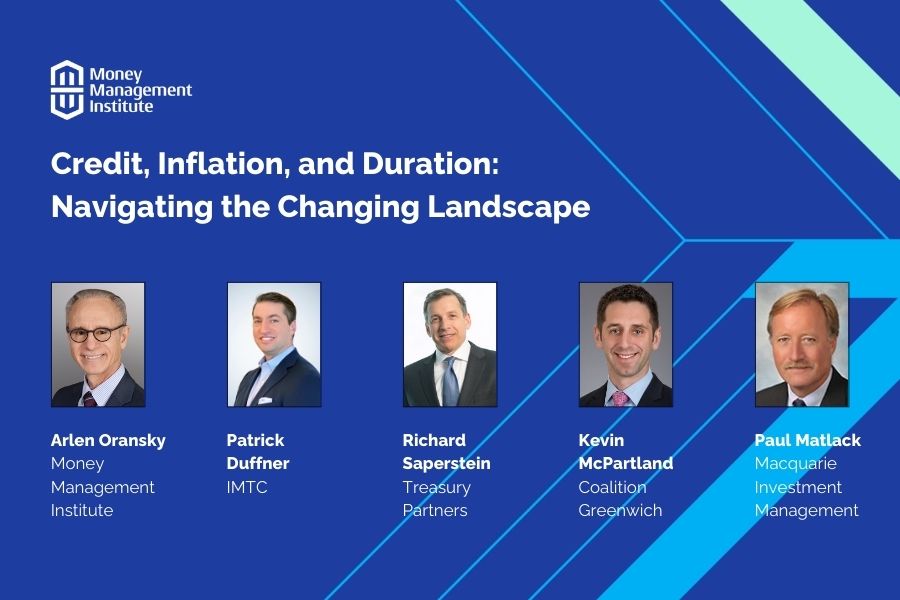The Fixed Income Brief: Dystopian Market

Guest economic analysis and muni commentary: John Hallacy
The fixed income markets continue to be functioning very well despite all the many present challenges. Many are perceiving angst about what is to unfold. Rates and the Fed are the primary preoccupations. But other topics are also in the forefront, including dealing with the debt ceiling clock.
The volume for the municipal market in the first quarter was down by a significant 30% from the period last year. April is showing some improvement after the effects of the holiday period. We have even had one week where issuance was over $11 billion. Preliminary numbers later this week should indicate a modest upswing. We are still about 25% below the issuance last year. Some of the reason issuers are returning to the market is that rates have moderated somewhat with some bumps along the way. Refunding activity has fallen off precipitously and would not be expected to accelerate until sometime next year.
The Fed will be meeting again next week, and most observers have formed a consensus around a 25-basis point tightening. Although rates are likely to increase, the happy talk about easing continues. Some observers anticipate relief as early as later this year. The key of course to gauging this potential is whether inflation and the economy set the stage.
Inflation is moderating to a degree but 5% represents a considerable distance from the stated target of 2%. There was some sense that the recent banking crisis would serve to slow the economy more than it has to date. Perhaps, there is some degree of systemic risk from the banking crisis, but the storm clouds have largely appeared to pass. What this means is that the economy will need to slow on its own merits without the effect of a random event.
The debt ceiling consideration is important from the perspective of avoiding a default by the USA and the market turmoil such an event would produce, as well as the ongoing discussion of seeking to balance the federal budget. One would think that over a period of ten years real progress could be made in reining in the budget, but given the size of the numbers it is not an easy task to accomplish. There are also many factors that can affect the outcome with only small changes in assumptions.
We can only say that politics should not be the primary focus here. Cutting the federal budget without touching Medicare, Medicaid, and Social Security means that the discretionary budget will bear the brunt of the reductions.
The real point here is that the important budgetary matters are not likely to be resolved in the limited timeframe available before the debt ceiling must be raised. I sincerely believe both sides should compromise but let’s get the critical action done so we may spend more quality time on applying the scalpel to the budget.
Extending the limit for the debt ceiling for one year does not get to the heart of the issue but it would be a pressure reliever. Clawing back unspent pandemic aid may be difficult to achieve but it can be done. It would be much harder to undo recent climate rules embedded in the Inflation Reduction Act and to undo additional funding for the IRS. The latter is being disbursed with the explicit goal of collecting more for the government coffers. It would take even more time to create a policy that would impose work rules to receive Medicaid and food stamps. Student loan forgiveness is stalled anyway.
A late budget is back in vogue in New York State. I am not certain we will break the record for the latest budget, but we are closing in on the mark. Most of the debate is about important judicial and political matters and not as much concerning the numbers. One critical area is whether there will be increased funding for the MTA. It was somewhat reassuring to see that 4 million riders returned to the system on a recent day. It would be most beneficial to build on that base. Weekday traffic is still not as robust. The RTO is the critical factor for the weekday tallies.
Upgrades also appear to be in the ether with New Jersey and Illinois receiving hard won upticks recently. Keeping a critical eye on debt levels and making timely pension contributions have had a salutary impact. Other issuers would do well to follow suit.
In the meantime, the earnings season for equities is going well but there is an acknowledgement that corporate profits will not be quite as robust this year for most companies. This factor along with the rate outlook is contributing to the greater interest by investors in fixed income. The curve remains inverted, and many are positioning on the shorter end. The banks that ran into difficulties proved that going long in this environment has its perils.
At this juncture, recession is not developing in the near term. However, the layoffs at tech and other highly skilled high paying jobs are somewhat worrisome. The equity market reacts positively to these notices, but all others grow increasingly concerned about the future course.
Another sign of the slowing is citing high yield defaults on the taxable side. Although there has been an increase in the gauge we are not anywhere near where we were in the 2008 period. We should remain diligent in monitoring this activity.
Timely data is critical to making decisions in this fast-changing market environment. Being nimble requires good input. There has been an increase in available data in the municipal market that was slow to develop. Now that we are better equipped with data it should be easier to commit to buying at select times.
More about John Hallacy

John is an accomplished municipal and fixed income analyst, respected and recognized by the industry with over 35 years of experience at major financial firms including S&P’s Global Ratings, FGIC, Bond Investors Guaranty, Merrill Lynch, MBIA, Bank of America, Assured Guaranty, and most recently The Bond Buyer. A leading expert in state and local fiscal affairs. John’s experience includes ratings, insurance, public finance and sell side research.
.





